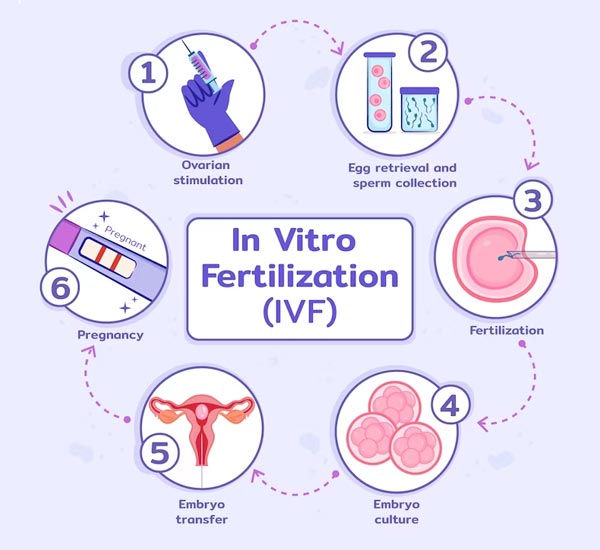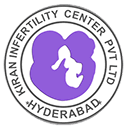
IVF (In-Vitro Fertilization) is a form of assisted reproductive technology (ART) used to help individuals or couples who are struggling with fertility issues to conceive. Here is a step-by-step guide to understanding the IVF process:

-
Initial Consultation: The first step in the IVF process is an initial consultation with a fertility specialist. During this appointment, the doctor will review the patient’s medical history and perform a physical exam to assess their overall health and fertility potential. They may also order blood tests or imaging studies to gather additional information.
-
Ovarian Stimulation: Once a patient has been cleared for IVF, the next step is ovarian stimulation. This involves using fertility medications, such as gonadotropins, to encourage the growth and development of multiple eggs in the ovaries. Regular monitoring via blood tests and ultrasound scans will be necessary to assess the response to these medications.
-
Egg Retrieval: When the eggs have matured, a minor surgical procedure is performed to retrieve them. This involves inserting a needle through the vaginal wall and into the ovaries to collect the eggs. This procedure is typically done under sedation or anesthesia to minimize discomfort.
-
Fertilization: The retrieved eggs are then fertilized with sperm in a laboratory dish. There are two methods of fertilization: conventional insemination, in which the sperm and eggs are mixed together in a dish and allowed to fertilize naturally; and intracytoplasmic sperm injection (ICSI), in which a single sperm is injected directly into each egg.
-
Embryo Culture: After fertilization, the resulting embryos are cultured in the laboratory for several days until they reach the blastocyst stage. This allows the embryologist to select the healthiest embryos for transfer.
-
Embryo Transfer: The final step in the IVF process is embryo transfer. The selected embryos are transferred into the uterus using a thin, flexible catheter that is inserted through the cervix. This procedure is typically painless and does not require anesthesia.
-
Pregnancy Test: Approximately two weeks after the embryo transfer, a pregnancy test is done to determine if the IVF cycle was successful.
While the IVF process can be emotionally and physically demanding, it has helped millions of people around the world to achieve their dream of having a child. By understanding the steps involved in IVF, patients can feel more prepared and empowered as they embark on this journey.
- Tags:
- IVF Process
